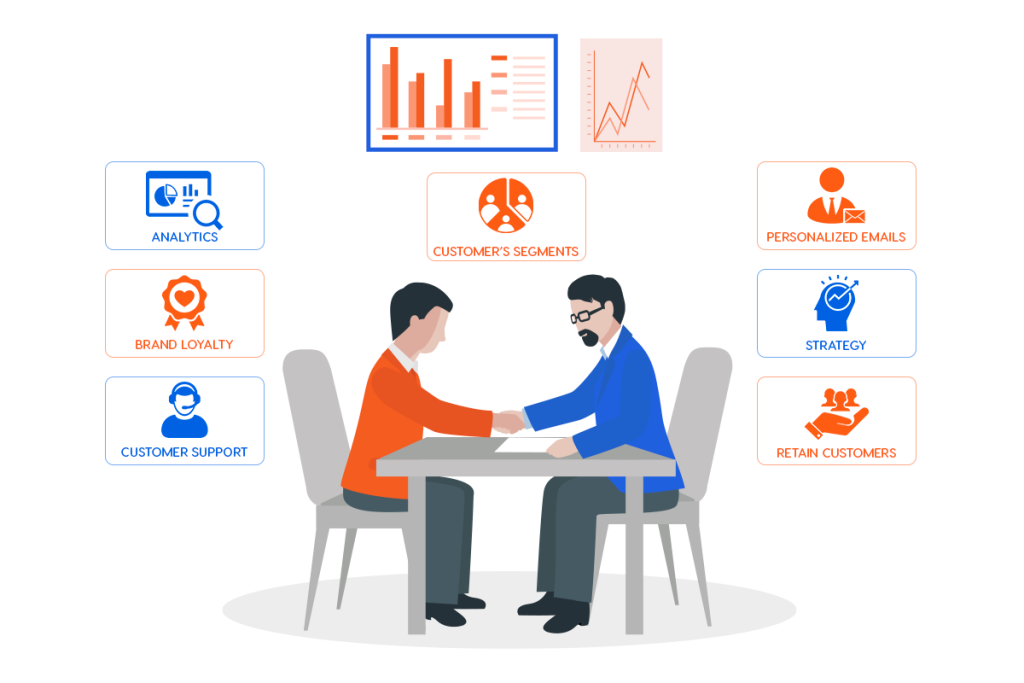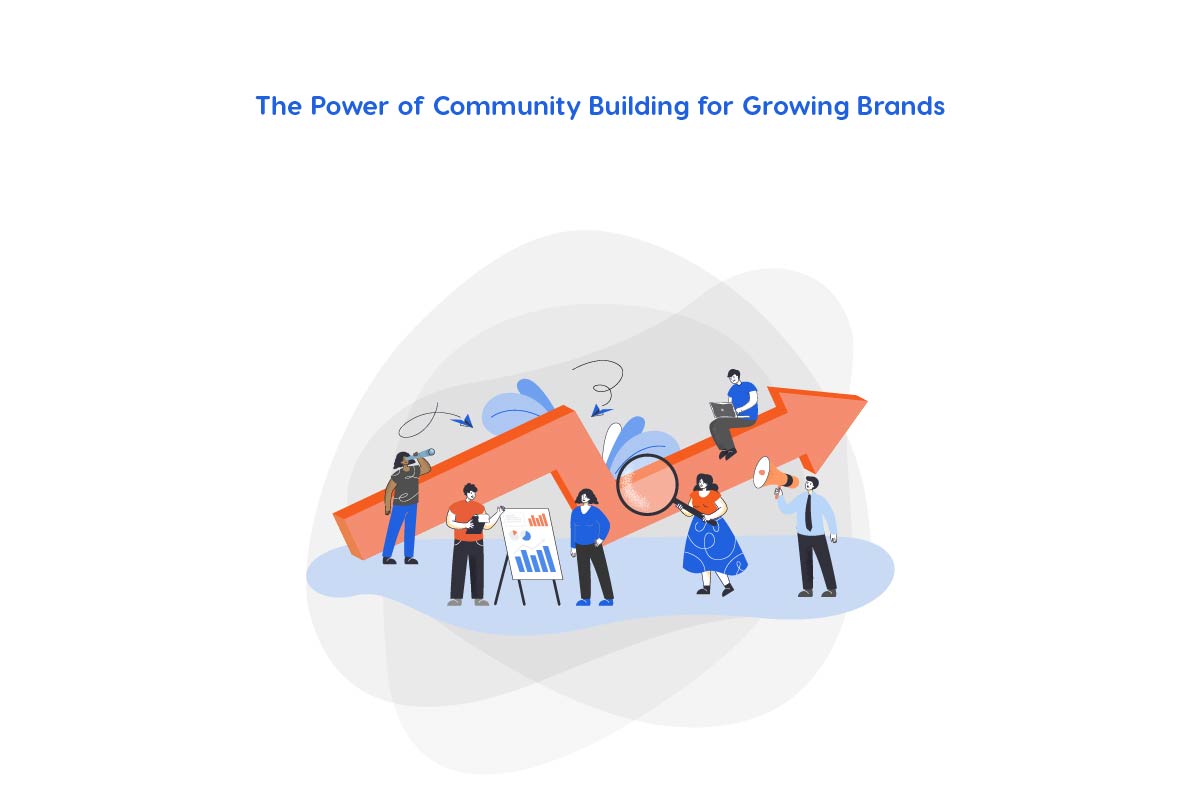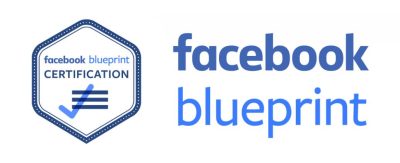Customers become more picky about what they purchase. It is no longer enough to have the best marketing, the biggest influencer, or the most well-known brand. Many people are concerned with transparency, value, sustainability, and, most importantly, the customer experience. According to an Emplifi survey, 61% of consumers are willing to spend at least 5% more for a positive customer experience. This discovery should come as no surprise to businesses, especially those that use digital channels for customization and automation.
Customers use comparison shopping engines to locate excellent deals and bargains on marketplaces such as eBay. However, what customers really want is a great client experience and a human touch. If you’re worried about not effectively nurturing your customers or believe there’s more you can do to increase good feelings toward your business, we have listed seven simple techniques to turn your customer connections into income generators.
Steps to Building Good Customer Relations
Here is the list of techniques to Nurture Your Customer Relationships
- Use Analytics to Understand Your Customers Better
- Incentivize Brand Loyalty and Referrals
- Engage on social media for Customer Support
- Send Personalized and Useful Emails
- Adopt an Integrated Omnichannel Strategy
- Aim to Retain Customers
- Segment to save their sanity
- Ask for feedback and make improvements.

Leverage Analytics for Persona Development
The better you understand your potential customers, the easier it will be to create good relationships with them. Collecting a large amount of consumer data allows you to construct a complete profile of their needs, preferences, and significant traits. This is frequently referred to as a client or buyer persona. Customer personas have traditionally included information on demographics, activity patterns, motives, challenges, and objectives. The number of personas you generate will be determined by how your consumer base is segmented.
The balance of power between companies and buyers has shifted substantially as a result of internet channels. Customers are more educated and self-sufficient, and they are more likely to conduct product research using search engines and social media. Customers are less receptive to pushy pitches and interruptive marketing messaging. Many businesses are prioritizing data-driven marketing to be more successful. Customer analytics enables you to better understand your customers’ behaviors and lifestyles, allowing you to predict their future behavior and improve your sales and marketing approach.
Key sources of customer data include:
| Data Source | Purpose |
|---|---|
| Website analytics | Track customer interactions, traffic patterns, and conversions |
| Social media | Analyze customer engagement, social commerce trends, and preferred platforms |
| Emails | Identify email interactions, drop-off points, and areas for improvement |
| Customer feedback | Gather insights from opinions, queries, and complaints to enhance customer satisfaction |
| Transactions | Track purchase patterns, abandoned items, multi-product buying, and return frequency to optimize sales |
| Interactions | Evaluate the effectiveness of interactive elements, user behavior, and post-interaction actions |
| Intent | Understand online search behavior, including search queries and keywords used to improve SEO and product offerings |
Customer analytics can reduce campaign costs, optimize targeting, and enhance customer loyalty and positive sentiment by delivering personalized messages to the right customers at the right time resulting in increased sales and ROI.
Send Personalized and Useful Emails
The Email marketing is one of the most effective ways to communicate with and engage customers. It is a more direct and intimate channel (using first-party data) that helps you build a sense of loyalty and develop connections faster and more simply than other digital channels. Customer emails, when consented, signify brand exposure and willingness to engage. Purchases from established clients are both cost-effective and profitable. Personalized emails, such as Grammarly’s progress updates, improve client relationships and conversion rates. Automation simplifies the process of engaging clients at various stages of their journey. The goal is to use your personalized marketing emails to give valuable, interesting, and genuine content to demonstrate that you understand and care about your clients.
Here are some points on how to incentivize brand loyalty and referrals:
- Offer referral bonuses
- Create a loyalty program
- Make it easy for customers to refer their friends
- Track and measure your referral program
Engage on social media for Customer Support
Social media is a powerful tool for communicating and connecting. Many businesses make the mistake of thinking that they can exclusively use social media to increase brand recognition and reach. Businesses, however, must use their social networks to deliver customer support as and when it is required once they have established an online presence. Sprout Social reports that 79% of customers expect a reaction to their social media posts within 24 hours. Despite the fact that 63 percent of social media complaints are resolved within that time frame, only one-third of individuals are satisfied with their response time.
That means you must manage your social media and promote your online communities in a proactive and reactive manner. You can accomplish this by swiftly reacting to any issue, complaint, or brand mention and giving the best solution available with a personal ‘human’ touch. Never forget that your social channels are an extension of your brand, just like your website or a hard copy brochure, and that any unpleasant experiences a customer has via social media have the ability to damage your brand’s online reputation. Create a mechanism for prioritizing urgent client responses, such as complaints over compliments.
Aim to Retain Customers
Many businesses (44%) concentrate on getting new customers, while only a few (18%) focus on keeping the ones they already have. If you want to keep your consumers, you must work on developing and sustaining positive relationships with them. Keeping consumers is not only less expensive than acquiring new ones, but it may also increase the profitability of your company. According to a Forbes article, it might cost four to five times as much to attract a new customer as it does to retain an existing one. Aside from offering an excellent product at a reasonable price, there are several approaches to increase client retention, listed below:
• Utilize multiple touchpoints for online journey.
• Create relevant content for personalized messaging.
• Personalize emails based on customer journeys.
• Harness analytics for a data-driven retention strategy.
• Automate processes for efficiency.
• Adopt Social Customer Service for engagement and feedback.
Ultimately, rewarding loyal customers is the key to nurturing positive relationships and loyalty.
See More: 8 Proven Ways to Reach Your Potential Customers Through Google Ads
Adopt an Integrated Omnichannel Strategy
You have probably heard of omnichannel marketing by now. Simply said, it is a marketing strategy that enables organizations to provide a consistent and seamless consumer experience across all channels – online and offline.
Important digital marketing channels for omnichannel include:
• Email marketing
• Social media
• Remarketing
• Website optimization
• Video
• Search Marketing
• Display advertising
• Affiliate marketing
Using this strategy allows clients to communicate with you via a variety of channels, boosting their pleasure (as long as these channels are managed!). The goal is to ensure that this strategy is well-coordinated so that when a consumer moves from one touchpoint to another, the experience is smooth and relevant. For example, if you direct someone from a social media post to a landing page, make sure the content is consistent with the same brand or campaign, so the message is consistent throughout the customer journey.
Incentivize Brand Loyalty and Referrals
Never undervalue a devoted consumer. The best method to demonstrate the value of your products or services to potential and existing customers is to encourage loyalty. Also, offer referral bonuses. This could be in the form of discounts, cash rewards, or other incentives. It will help to demonstrate your appreciation for their business while also incentivizing them to return, discuss their thoughts on your company, or suggest others. You can easily boost brand loyalty with these simple methods:
• Provide special discounts or VIP perks.
• Give early access to sales and promotions.
• Offer discounts for customer referrals.
• Give free gifts.
• Acknowledge important occasions, like birthdays.
• Track and measure your referral program
By incentivizing brand loyalty and referrals, you can build a strong customer base and grow your business.
Segment to Save Their Sanity
Businesses should group their customers into different segments based on their needs, preferences, and behaviors. Recognizing that your consumers are not all the same is the first step toward understanding them. While you should provide good service to all of them, you do not have to treat them all the same. You can segment your clients with inbound marketing to provide a more personalized experience. For example, a software company selling to big businesses may have multiple decision-makers with varying requirements. Segmentation ensures that your nurturing efforts, whether on LinkedIn, via email, or elsewhere, are matched to the specific features of each consumer.
Segmenting customers can be done manually or using software. There are a number of different customer segmentation software programs available which can make the process much easier and more efficient.
Here are some of the benefits of segmenting customers:
- Improved customer satisfaction
- Increased customer engagement
- Higher conversion rates
- Increased profits
Overall, segmenting customers is a smart way for businesses to nurture their customer relationships, boost profits, and save their sanity.
Ask for Feedback and Make Improvements.
To ask for feedback and make improvements, listen to what customers say about your product or service. You can ask for feedback through surveys or on social media. Make the feedback specific and useful, like asking what they liked or how you could do better. After collecting feedback, look for common suggestions and use them to improve. For instance, if customers say your website is hard to use, change the design. If they mention slow customer support, consider hiring more staff or updating the system. It’s a way to show you care about what customers think and want to make their experience better.
Here are some additional benefits of asking for feedback and making improvements:
- Enhanced Customer Satisfaction
- Lower Customer Churn
- Refined Product/Service
- Competitive Edge
Final Words
Begin by listening to your consumers and removing the sources of friction that create dissatisfaction. A fantastic customer relations and retention campaign does not happen by mistake. Creating a thoughtful customer experience begins with always prioritizing and exceeding the customer’s expectations. If you do this, your customer relations will improve dramatically.
Finally, by implementing these seven basic tactics for nurturing client relationships, you can keep customers coming back for more while increasing your profitability. Providing outstanding service, personalizing your approach and rewarding loyalty can go a long way in developing strong and enduring ties with your consumers. So, keep these simple strategies in mind, and you’ll enjoy the benefits of happy, loyal consumers and an expanding business.





